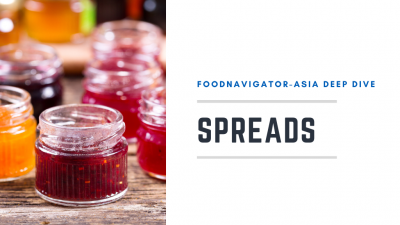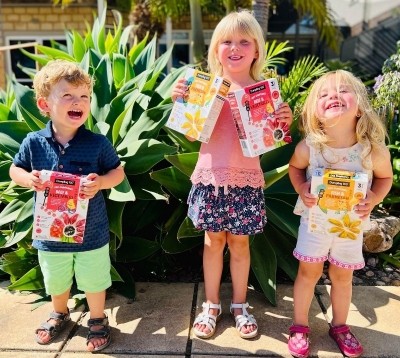Post-COVID-19 supply assurance: Stable natural colours crucial to guarantee consistent high-quality products

Many food and beverage products rely on some sort of food colouring to increase their visual appeal, with more and more firms turning to natural options such as colouring foods to remove the dreaded E numbers from their labels.
The use of external colours does however mean that there needs to be a stable source available to manufacturers in order to ensure that the end-products are consistent in terms of final colouration and overall visual appeal.
It’s well-known that the COVID-19 pandemic brought heightened fears over supply chains and logistics for many brands.
“Because of this issues, we are now seeing brands place increasing importance not just on the stability of the natural colouring in transport, but on the supply chain by which it can reach them,” GNT Market Development Specialist Jill Janssen told FoodNavigator-Asia.
“There are many companies facing this issue right now, and being unable to secure a stable, constant supply of natural colours for their products could lead to impacts in the quality of the end-products, particularly when it comes to the visual appearance.
“So this is an area where we have an advantage in, as GNT grows and sources our own raw materials from our farms nearby our factories, and we are able to estimate and produce the amount of carrots or purple potatoes or other ingredients needed to make the colours we need in advance to guarantee that supply all year round.”
Janssen highlighted that over the past few years guaranteeing supply has grown to become GNT’s number one focus, and this involves not only the production of the colouring foods, but also the processing into natural colourants.
“We need to make sure that not just the amount of food colouring is sufficient, but also that the quality is the same for each batch so that when manufacturers use this the end-products will have a consistent colour eventually even after going through the required processing,” she said.
“So after processing into the colours, these are stocked and frozen quickly to ensure that no stability or quality is lost, and we make enough stock in order to reduce any potential supply issues.
“This is one of the benefits of being a family-owned company, as without shareholders to call the shots we can comfortably look at the long term planning when doing this production instead of needing to constantly look at making fast money which might lead to a lot of wastage in the end.
The power of colours
In previous years, GNT ran an annual well-received campaign on a yearly ‘Colour of the year’, but with this concept being increasingly adopted by other food colouring companies and it also becoming increasingly difficult to identify colours to apply to every single food and beverage category, the firm has decided to change it up.
“Not all colours are applicable to all products, so now we’re looking to make the concept of colours more customisable to fit in with the many different decisions that consumers have to make on a daily basis,” said Janssen.
“We’re calling this initiative ‘The Power of Colour’, and essentially it’s based on four colour wheels with different shades or palates to apply to various decisions or occasions in a day.
“So for instance if the consumer decides to splurge on something the colour would be more vibrant or playful, if they feel like they want to have an alone moment the colour would be more cosmic and grey, if the intent is to eat healthy then this can be linked to major healthy ingredients and superfood colours which are generally pastel.
“What we want is to enable food and beverage products to be coloured depending on the occasion and decision-making that the brand’s target audience is focused on, with all these colour boards also based on scientific studies to make the most impact.”






















